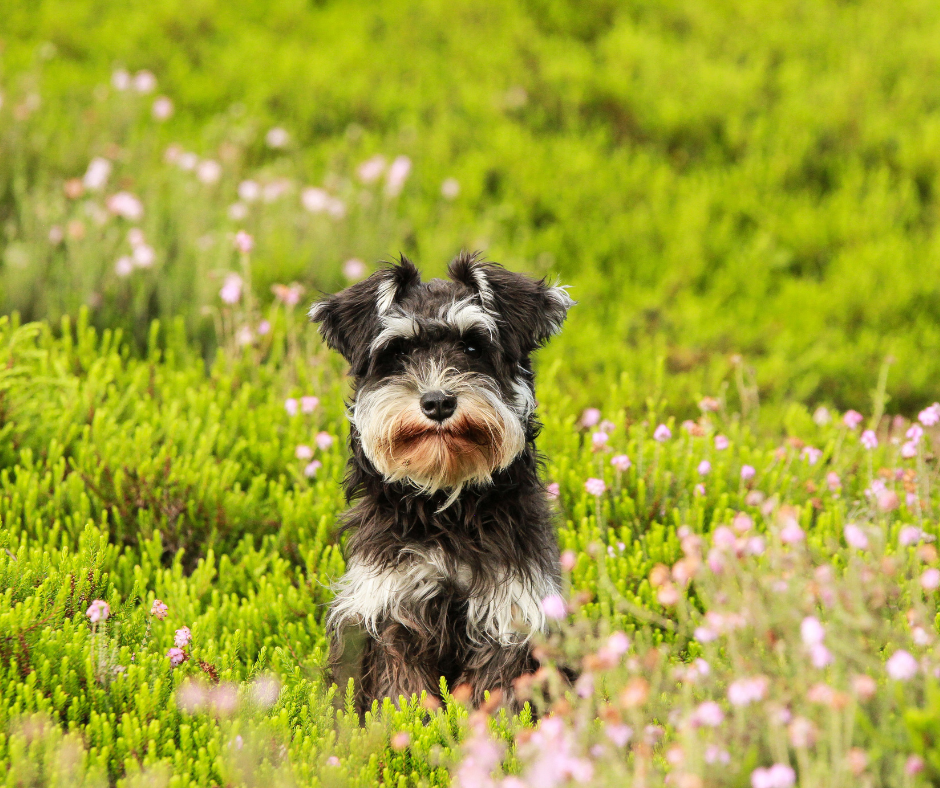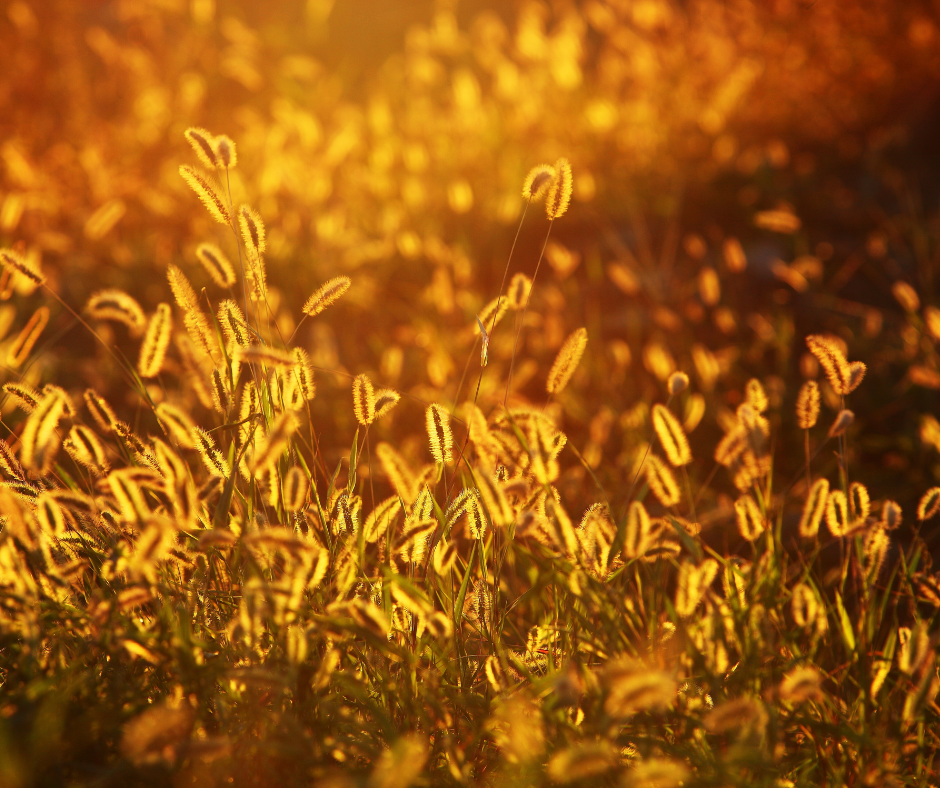5 spring safety hazards for pets
- Pet Waggin' Pet Care
- Feb 21
- 4 min read

Spring is finally in the air!
With the change in seasons comes a new set of risks for pets. A little awareness goes a long way in keeping your furry friends safe so you can fully enjoy the sunshine and fresh air.
Without further ado, here are five spring safety hazards every Long Beach pet parent should be aware of — and how you can reduce the associated risks.
Leptospirosis
Caused by the bacterium Leptospira, leptospirosis is a serious disease that affects both people and animals.
It spreads through the urine of infected animals and, as a result, is often found in contaminated water or soil. And get this: the bacteria can survive in water or soil for weeks to months (yikes!), according to the CDC.
All dogs are at risk for leptospirosis. Symptoms in infected animals can vary, with some animals not displaying any at all.
To reduce exposure, the American Veterinary Medical Association advises keeping pets away from slow-moving or stagnant water like ponds, lakes, rivers, and streams. Ditto for wild or farm animals, even in your own backyard. Read more tips for reducing the risk of leptospirosis on their website.
The good news? Vaccines are available to help protect your pup — and, by extension, you!
Foxtail
Foxtail plants may look unassuming, but these grassy troublemakers are a real hazard for pets.
A type of grass, foxtail plants reach between one to three feet in height, usually proliferating near ponds and waterways as they prefer damp environments. And oh boy, can these suckers spread easily, often latching onto passing animals’ fur and hitching a ride to new locations.
Their barbed seeds pose a variety of health risks, particularly for dogs. They can be easily inhaled, causing violent sneezing and bloody nasal discharge; work their way into eyes and ears; cause choking and gagging if swallowed, or become painfully caught in a pet’s teeth; and even penetrate the skin and enter the bloodstream.
Stay vigilant during your walks! Read all about the dangers — and how to reduce the risk — in our foxtail blog post.

Allergies
As plants burst into bloom and daylight stretches longer, so do your evening strolls with your four-legged friend.
And then, before you know it...
Achoo! Sniffle, sniffle.
Just like that, seasonal allergies have begun. Cue the sneezing, runny noses and itchy, watery eyes. The symptoms are easy to recognize in yourself, but what about in your pup?
We receive so many questions about allergies and related treatments from our clients. Our blog post on Long Beach dog allergies outlines what allergies are, how to spot them and ultimately how to manage them.
Bird flu
Bird flu is making headlines, with new updates emerging daily.
Some bird flu viruses can infect and spread to other animals, including domestic pets like cats or dogs.
As a general precaution, the CDC advises avoiding direct contact with wild birds and keeping pets away, too. Stay alert when you’re outdoors with your pooch; their curiosity about sick or dead birds could put them at risk.
For more information, visit the CDC’s webpage on avian flu in pets and other animals.

Gardens and plants
There’s nothing quite as satisfying as watching the vegetables, fruits or flowers you’ve nurtured thrive. Gardening is a deeply rewarding hobby that brings so much joy to so many folks — but if you have pets, a little extra care is needed to keep them safe.
But when choosing the plants for your garden or flower beds, make sure to avoid ones that are highly toxic to animals. For example, lilies, while beautiful, can cause kidney failure in cats. Even common bulbs like daffodils or tulips can trigger stomach issues (or worse) if they’re ingested.
Check out the ASPCA’s full list of toxic and non-toxic plants before heading to the garden center.
Also consider the products you’re using in the garden. Chemical pesticides and rodenticides can be extremely dangerous to pets and even life-threatening. Some fertilizers can cause issues, too. Opt for pet-friendly products to protect your fur-babies.
Be cautious with compost and mulch. Keep your pets away from the compost pile, which may include harmful food scraps (like garlic or onion) or moldy food. Don’t use cocoa mulch, which is made from cocoa bean hulls and smells like chocolate, making it irresistible to pets but dangerous if eaten.
In general, keep a close eye on your furry friend when they’re around the garden, just in case. If you think they’ve ingested something they shouldn’t have, contact your veterinarian or Animal Poison Control immediately.
For even more pet-friendly gardening tips, visit the ASPCA website.
From toxic plants to bacteria and disease, springtime comes with loads of hidden hazards. Whether you’re tending to your garden, going for a w-a-l-k or simply soaking up the sunshine, these five tips will help keep your furry loved ones healthy and safe.
Looking for pet care experts in Long Beach, California who genuinely care about your furry friends’ well-being? Book your service with the best darn pet care company in town! (That’s us!)

